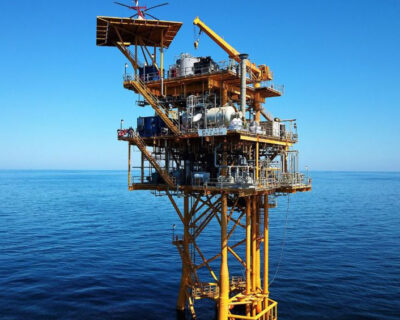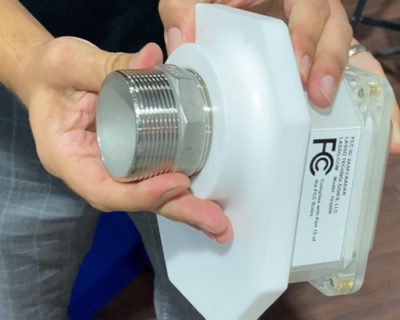
Do more with less
William Penn said it best, “Time is what we want most but use worst.”
In competitive markets like construction or oil and gas, a company’s success lives and dies with their ability to finish projects on time, within budget and without issues. Mismanaged time chips away at profits and can stop a company from being able to move quickly from project to project. One of the greatest challenges companies are facing today, is how to cut resources and maintain or grow production. When site managers don’t have to track down equipment scattered across job sites manually, they gain back billable hours. Pairing GPS technology with smart sensors to monitor and remotely control powered equipment reduces wasted time and increases the bottom line. Here are three ways your team can essentially “do more – with less.”
1. Perform remote inventory.
Asset hoarding is a serious problem for some service companies. Often, equipment gets left at a job site long after it’s needed. With GPS tracking, managers can perform remote inventory checks to identify available equipment that can either be reassigned or even sold off to free up capital. Not only does this save your team from having to make extra or unnecessary trips to a field, but you can collect the data you need in a matter of minutes – drastically cutting down the time you spend on inventory.
2. Avoid dangerous mistakes.
Accidents happen. Automated monitoring and alerts can help reduce mishaps and keep production going. For instance, fluid level sensors monitor real-time levels, flow rates, and chloride levels in your tanks. When levels reach critical mass, real-time alerts are sent to managers allowing them to take necessary actions to prevent costly spills and overflows. Instantly, you’re running a safer project without the threat of production stoppage.
3. Communicate and control your machines remotely.
Devices can be reconfigured and reprogramed remotely eliminating the time it takes to travel on-site. Take the tank levels from the last example: When a manager receives the notification that fluid levels are reaching maximum levels, they don’t have to dispatch the nearest worker wasting billable time. They can log in remotely and turn the pump off. The manager had the ability to react to change on the ground and fix a potential problem before it affected the operation. And they didn’t need additional workers to do it.
For businesses whose assets are critical to operations, it’s vital to invest in a tracking and monitoring solution that you trust. If you’d like to discuss how our solutions at Lasso can assist in those needs, please contact us by clicking here.





